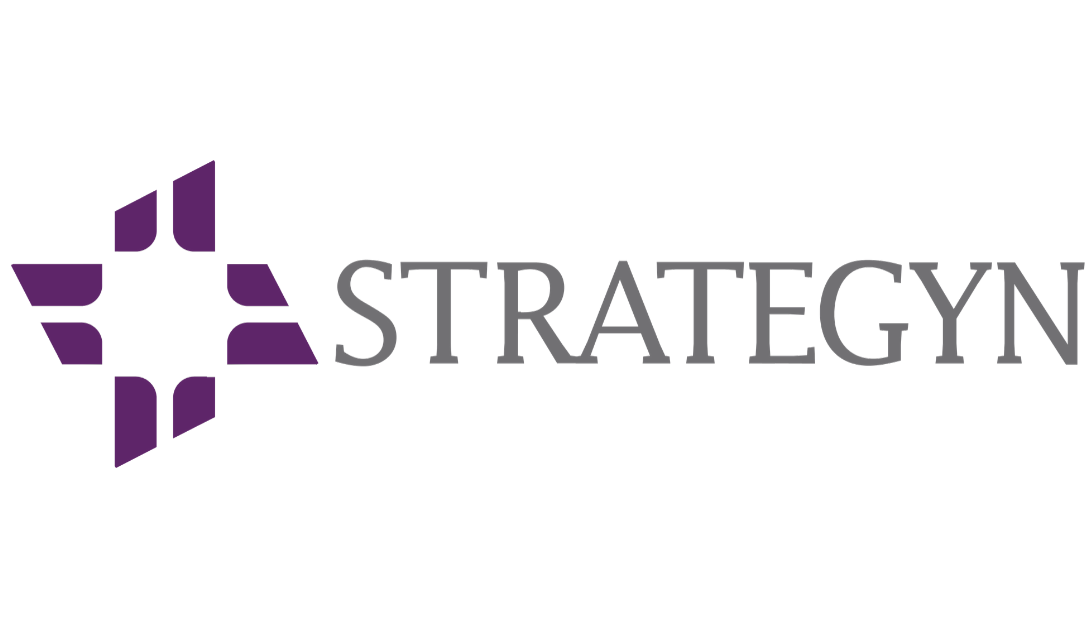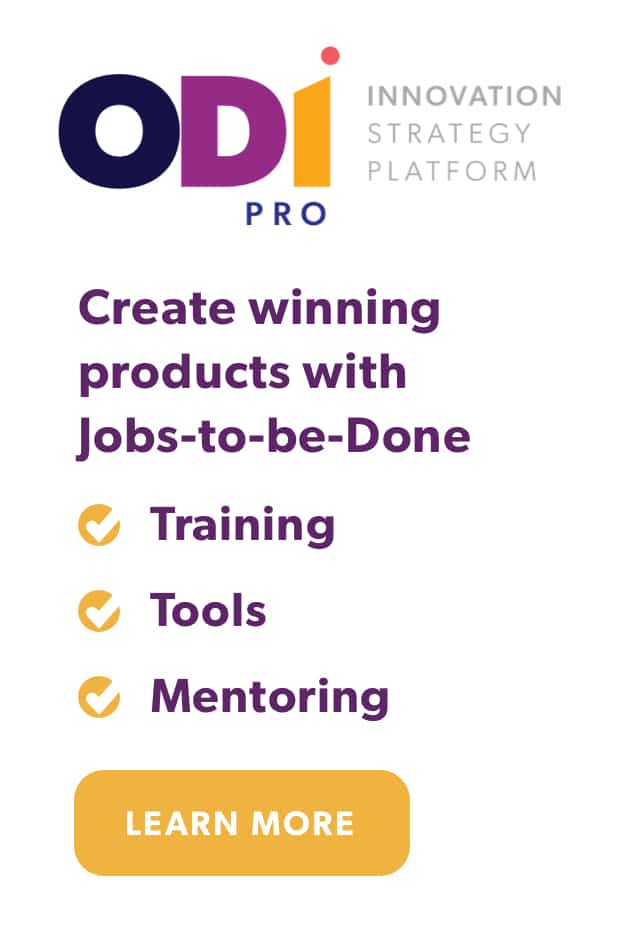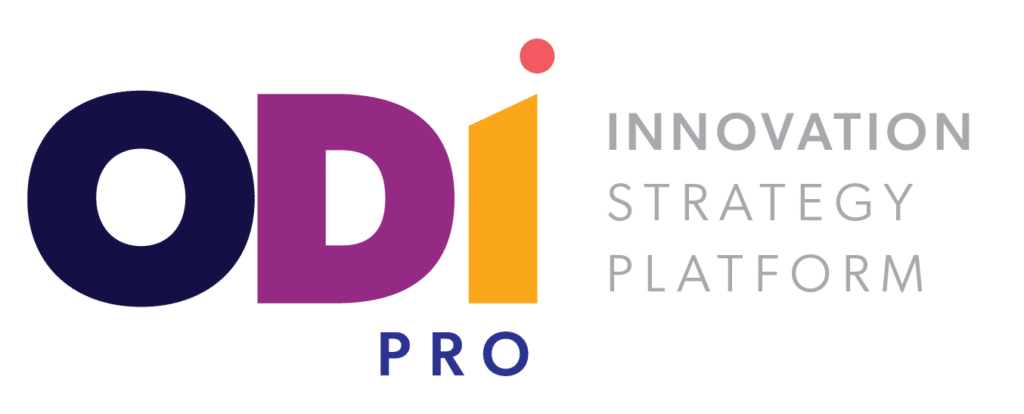Market segmentation is a method that companies use to target unique offerings to groups of customers that will value them. Over the years, many methods of market segmentation have been developed and implemented.
Qualitative methods, such segmentation based on personas, segment the market using demographic, psychographic, or behavioral categories or stereotypes. Quantitative methods, such as conjoint analysis, aim for greater precision through the use of numerical values and calculations.
Unfortunately, nearly all segmentation methods, whether qualitative or quantitative, fail to distinguish between customers with different unmet needs, which is the only form of segmentation that will deliver real value.
What meaningful differences exist in a market?
Over the past 25 years, we have conducted hundreds of segmentation studies for companies in dozens of industries and have concluded that the differences in people’s needs do not come from different demographics or psychographics. In fact, we have proven that demographic, psychographic, and behavioral and attitudinal data will nearly always fail to explain why customers have different unmet needs. A 28-year-old man from Montana with a college degree can have the same unmet needs as a 55-year-old woman from Florida who dropped out of high school. Both, for example, may be unhappy with their Internet service.
To understand why customers have different unmet needs, you must understand why people buy products and services in the first place: they do it to get help with a job-to-be-done. When two people are trying to get the same job done, one may encounter added difficulties that the other doesn’t face. These added difficulties create additional unmet needs for that person.
For example, in work we completed for Bosch, we discovered that some carpenters who use circular saws to “cut wood in a straight line” (the job-to-be-done) had to make more finish cuts (for instance, to fit crown molding in a corner) than others. This means they had to make more blade height and angle adjustments. Because they encountered these additional complexities, they had 14 unmet needs that other carpenters did not have. Bosch engineers addressed these unmet needs with the CS20 circular saw, which has been Bosch’s best-selling circular in North America for over 10 years.
In work that we completed with an automotive company, we discovered that some drivers who were trying to “reach a destination on time” (the job-to-be-done) struggled more than others because they had to go to multiple locations during the day, rather than simply to the one destination. Because they had to go to many places, they encountered many different traffic patterns and associated problems (backed up traffic, parking difficulties, etc.). This added complexity made predicting travel time (to accomplish the job-to-be-done) much more difficult. In other words, this group had unmet needs that other drivers did not have.
How is outcome-based segmentation accomplished?
In nearly all the markets we have analyzed, some segments of customers struggle more than others to get a job done. We argue that this presents a unique opportunity—but to seize it, companies must segment the market using unmet needs (which we capture in desired outcome statements), and not demographic, psychographic, or behavioral data. Our outcome-based segmentation is executed in four steps:
- First we analyze the job-to-be-done and capture all the customers’ needs in the form of desired outcome statements. (The special syntax of these outcome statements guarantees precision and comparability.)
- Next, we field a survey in which we ask a statistically valid sample of the population how important it is that they achieve each outcome and how well the solution they use today satisfies each outcome.
- Third, we use factor analysis and cluster analysis to segment the market into groups of customers with different unmet needs (desired outcomes).
- Lastly, we use profiling questions we include in the survey to understand what factors cause complexity and make some customers struggle more than others to get the job done. This survey also reveals the degree to which the different segments we uncovered are underserved.
Why does all this matter?
Knowing if and why segments of customers have different unmet needs is the key to an effective market and product strategy. A new product will fail if doesn’t address unmet needs in a segment of the market that is large enough to warrant the investment. A value proposition will fail to connect with customers if it does not align with their unmet needs.
When we conduct segmentation analysis, we find segments of customers that are underserved (they have unmet needs), overserved (they’re getting extraneous features, perks, or services they don’t value), and appropriately served (all their needs are satisfied without any extraneous features). One market may be composed of three underserved segments, while another market may comprise three overserved segments. A low-end disruptive strategy in the former case would fail, as no segment of the market is overserved. A product improvement strategy in the latter case would fail as no segment of the market is underserved.
Because no market is homogeneous, market segmentation is an essential ingredient in the formulation of market and product strategy. The key is to create meaningful segments—ones that offer the opportunity for value creation.





